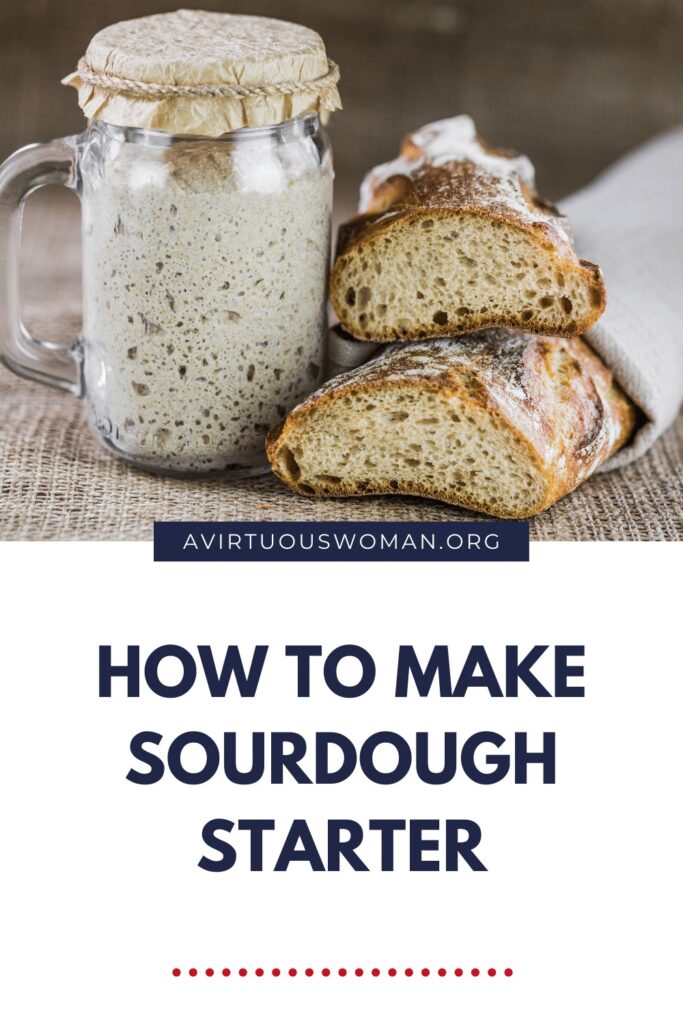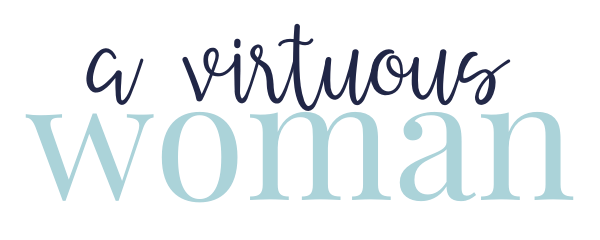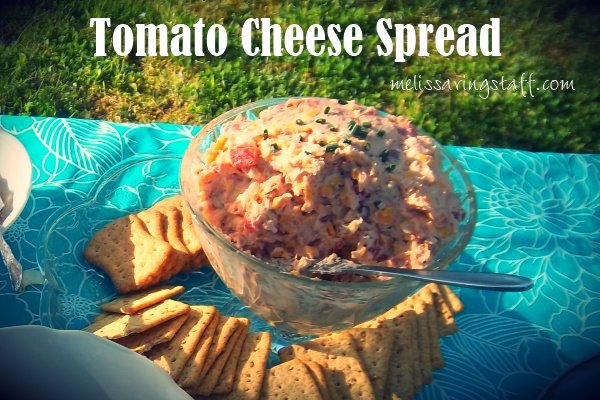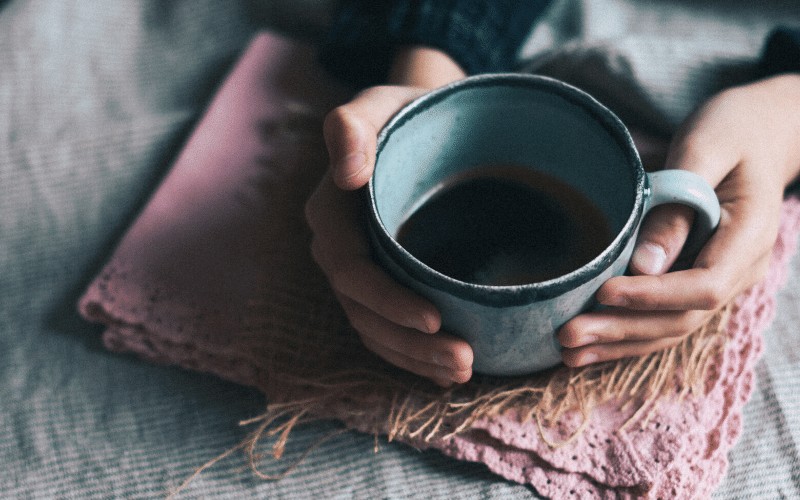How to Make Sourdough Starter from Scratch | Easy Sourdough Starter
As a homemaker, I’ve been making and baking bread for many years – over two decades now – and using a sourdough starter is one of my favorite ways to make bread. Today I’m sharing the basics of how to make sourdough starter from scratch.

For years I kept a variety of sourdough starters. One of my favorite was the Sweet Soudough Starter – the bread is so yummy! This is one my mom kept for years while I was growing up and you use instant potato flakes in the starter.
Another one I love is the Amish Friendship Bread and Starter. You can make so many recipes with it – not just the Basic Sweet Cinnamon Bread!
What is sourdough?
Sourdough is an ancient method for leavening bread. Mature starters are often passed from person to person, but they can be made fresh with equally good results. I have a sourdough starter that my mom shared with me – and her starter is over ten years old!!
There are sourdough starters that have traveled the Oregon Trail and gone to the Alaskan goldfields, and while these sourdoughs make great family lore, they are not necessarily any better than ones that were mixed up just a couple of weeks ago.
The Basics of Sourdough Starter
A sourdough starter is a mixture of water and flour. The secret ingredient is wild yeasts from the air that cause the flour and water mixture to ferment. The fermentation process creates the desirable sour flavor, and the gases given off by fermentation leaven baked goods.
The Recipe for Sourdough Starter Couldn’t be Simpler
- Put one cup of flour and one cup of water in a clean jar
- mix the ingredients together
- cover with a clean cloth and leave at room temperature for a couple of days.
How to Feed The Starter
After the flour-water mix sets for a few days, it will be quite bubbly. At this point, begin feeding the starter to develop its leavening strength.
- Remove one cup of the starter and discard it.
- Add a half cup of water and a cup of flour.
These fresh ingredients will cause the starter to really start working. If the mixture seems too thick, add a bit more water; too thin, add a bit more flour.
Starters vary in consistency from pancake-batter thin to dough-ball thick. Exact consistency is a matter of baker preference. Continue to feed the sourdough a couple of times a day for the next week or so, discarding a cup each time before adding more flour and water.
Refrigerate the Starter Until Needed
After a week or two of feeding the starter at room temperature, it is strong enough to leaven bread. At this point, it can be covered and refrigerated, though it still needs to be feed every couple of weeks, following the same routine–removing half the starter and adding flour and water.
After each addition of flour and water, let the starter sit at room temperature overnight before returning it to the refrigerator. At this stage, the half of the starter that is being discarded can be passed on to friends, or the amount of starter can be increased by simply adding flour and water without discarding any.
What to do With the Sourdough Starter Before Using it
About two days before baking, take the sourdough starter out of the refrigerator and feed it every 8 hours or so, leaving it at room temperature to bubble away.
Sourdough Problems, Mold, Liquid on the Surface, or Bad Smells
Sourdough starter can very occasionally have one of three problems:
- Mold grows on the starter. If the mold is throughout the starter, discard it, and start over. If there is just a small amount of mold around the edges, pour the starter into a clean jar, and pick out any moldy bits.
- The starter may separate and have an amber to darkish liquid on the top. This is not a problem; just stir the liquid back into the starter before using it. If the liquid is pink or orange, throw out the starter and begin again.
- The starter smells bad. The starter should have a sour but pleasant odor. It may also have an alcohol smell. If the smell is unpleasant, dump it out and start over.
Sourdough is easy to culture, rarely has problems, adds a great flavor to baked goods such as pancakes and biscuits, and is part of a long tradition of bread making.
Best Sourdough Cookbooks
Here is a list of some of the best sourdough bread cookbooks you'll find today!

Artisan Sourdough Made Simple: A Beginner's Guide to Delicious Handcrafted Bread with Minimal Kneading
Many bakers speak of their sourdough starter as if it has a magical life of its own, so it can be intimidating to those new to the sourdough world; fortunately with Artisan Sourdough Made Simple, Emilie Raffa removes the fear and proves that baking with sourdough is easy, and can fit into even a working parent’s schedule!

Sourdough Every Day: Your Guide to Using Active and Discard Starter for Artisan Bread, Rolls, Pasta, Sweets and More
Take your sourdough baking to the next level with Hannah Dela Cruz’s innovative recipes for rustic loaves, soft sandwich breads, flatbreads, crackers, pasta, breakfast favorites, desserts and more, using your active and discard starter.

Tartine Bread (Artisan Bread Cookbook, Best Bread Recipes, Sourdough Book)
To Chad Robertson, bread is the foundation of a meal, the center of daily life, and each loaf tells the story of the baker who shaped it. Chad Robertson developed his unique bread over two decades of apprenticeship with the finest artisan bakers in France and the United States, as well as experimentation in his own ovens. Readers will be astonished at how elemental it is.

Sourdough Cookbook for Beginners: A Step-by-Step Introduction to Make Your Own Fermented Breads
Sourdough bread is iconic for its crispy crust, airy and springy crumb, and unique tangy flavor―and it all begins with a fermented, yeasty concoction called a starter. While the process may seem extensive, The Sourdough Cookbook for Beginners, brought to you by the owner and creator of Breadtopia, will show you how easy it can be to whip up a delicious array of artisanal sourdough breads with just a few ingredients, simple tools, and a little bit of patience.

Wild Bread: Sourdough Reinvented
MaryJane Butters thinks so. Wild Bread completely reinvents the concept of healthier-for-you, naturally fermented sourdough.
Until now, sourdough was perceived as too much work and sour-tasting, artisan-style-only loaves. In Wild Bread, her quick and easy 1 minute 2x/day technique demonstrates the use of eight different types of flours for each bread featured―everything from gluten-free brown-rice flour to quinoa to common white to heirloom whole wheat―for a whopping 295 recipes and 475 photographs.
As you can see, learning how to make a sourdough starter isn’t hard and anyone can learn to art of sourdough bread baking. I hope you enjoy learning how to use your sourdough starter. If you have any questions, be sure to leave a comment and I’ll do my best to answer!





